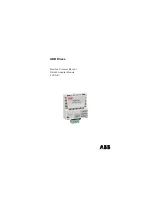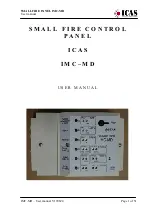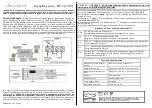
3:13
Wire the Drive
DANGER
THE USER IS RESPONSIBLE
FOR CONFORMING TO THE
NEC AND ALL OTHER
APPLICABLE LOCAL
CODES WITH RESPECT TO
WIRING PRACTICES,
GROUNDING, DISCON-
NECTS, AND OVERCUR-
RENT PROTECTION. FAIL-
URE TO OBSERVE THIS
PRECAUTION COULD RE-
SULT IN SEVERE BODILY
INJURY OR LOSS OF LIFE.
Check Input Power
Requirements
1. Verify that the input power to
the controller corresponds to
the controller nameplate
voltage and frequency and that
the plant supply is of sufficient
ampacity to support the input
current requirements of the
controller.
2. The controller is shipped to
accept 230 volts A-C. If input
voltage is 208 volts, reconnect
the power supply terminals
located inside the controller as
follows (Figure 3-10):
•
Open the hinged controller
panel by removing the two
screws, pulling the panel up
on the hinge, and swinging
the panel to the right.
•
Locate the internal
three-position power terminal
block in the non-hinged part
of the controller and
reconnect the RED wire:
– 230 VAC (factory set):
Jumper wire on top spade
connector labeled 230 V.
– 208 VAC: Jumper wire on
center spade connector
labeled 208 V.
CAUTION
If the power supply connections
do not correspond to the input
line voltage, incorrect voltage is
applied which could cause an
IET. Failure to observe this
precaution could result in dam-
age to, or destruction of, the
controller.
•
Close and secure the hinged
controller panel.
3. Provide a transformer between
the plant power supply and the
controller if the correct input
line voltage is not available.
Refer to “Install a Transformer
(if needed)” in this chapter.
4. Throughout the wiring
procedures, refer to Figure
3-11 for wiring locations.
Figure 3-10. Internal Input Power Supply Connections.
Artisan Technology Group - Quality Instrumentation ... Guaranteed | (888) 88-SOURCE | www.artisantg.com
















































